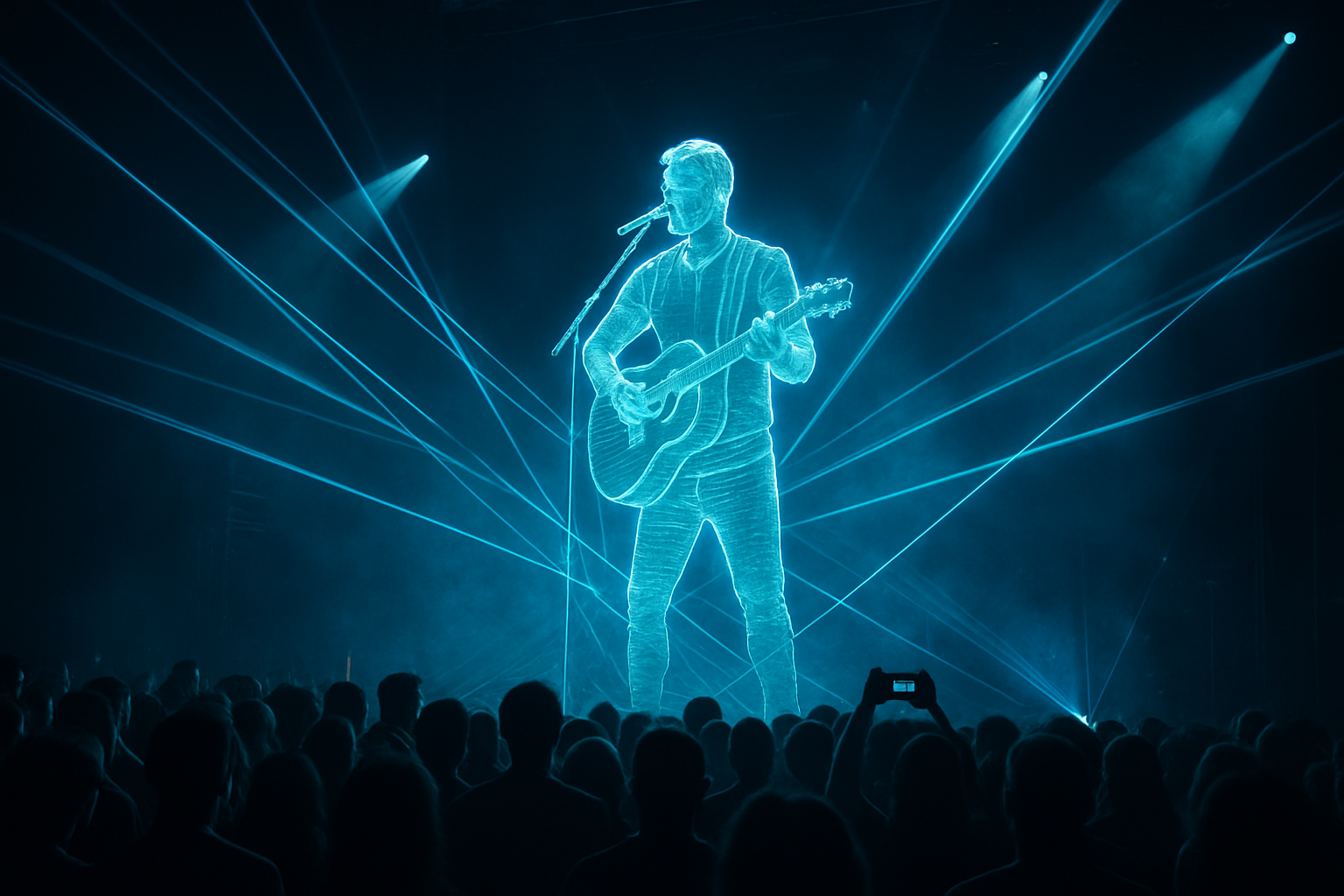Holographic Opera: A New Dimension in Musical Theatre
In the ever-evolving landscape of performing arts, a groundbreaking fusion of technology and classical tradition is captivating audiences worldwide. Holographic opera, a cutting-edge art form that marries the timeless allure of operatic performance with state-of-the-art holographic projection, is redefining the boundaries of musical theatre. This innovative approach not only preserves the essence of traditional opera but also opens up new realms of creative expression, offering a truly immersive experience that bridges the gap between the past and the future of stage performance.

Technological Marvels Behind the Curtain
At the heart of holographic opera lies a complex array of cutting-edge technologies. High-resolution laser projectors, advanced motion capture systems, and powerful real-time rendering engines work in concert to create the illusion of three-dimensional performers on stage. These virtual singers interact seamlessly with physical set pieces and live musicians, blurring the line between the tangible and the digital. The technology also allows for real-time manipulation of the holographic elements, enabling directors to make dynamic changes to staging and choreography even during live performances.
Expanding Creative Horizons
Holographic opera has unleashed a new wave of creativity in the world of musical theatre. Composers and librettists are now crafting works specifically designed to exploit the unique possibilities of this medium. Imagine an aria sung by a shape-shifting entity, or a duet between a flesh-and-blood performer and their holographic doppelganger. These productions push the boundaries of what’s possible on stage, creating visual spectacles that were once the realm of science fiction. Moreover, the technology allows for the seamless integration of fantastical elements and impossible settings, bringing to life the most ambitious visions of opera creators.
Preserving Legacy and Bridging Generations
One of the most intriguing aspects of holographic opera is its potential to preserve and revitalize classic performances. By digitally capturing the performances of renowned opera singers, their artistry can be preserved for future generations. This technology also opens up the possibility of staging operas featuring holographic representations of legendary performers from different eras, creating unique collaborations across time. For example, a recent production of La Bohème featured a holographic Maria Callas performing alongside contemporary singers, bridging a gap of over half a century.
Global Accessibility and Education
Holographic technology is revolutionizing the accessibility of opera on a global scale. High-quality holographic productions can now be simultaneously broadcast to multiple venues worldwide, allowing audiences in remote locations to experience world-class performances as if they were in the original theater. This democratization of opera extends to education as well. Music schools and conservatories are beginning to incorporate holographic technology into their curricula, allowing students to study and interact with virtual representations of master performers and conductors, enhancing their learning experience in unprecedented ways.
Challenges and Controversies
Despite its potential, holographic opera faces several challenges and criticisms. Purists argue that the technology detracts from the raw, human element that is central to live performance. There are also concerns about the authenticity of posthumous holographic performances and the ethical implications of using a deceased artist’s likeness without their explicit consent. Technical challenges persist as well, including issues with latency in live broadcasts and the high cost of implementing the technology, which can be prohibitive for smaller opera companies.
The Future of Holographic Opera
As technology continues to advance, the future of holographic opera looks increasingly bright. Researchers are working on developing more sophisticated holographic displays that don’t require special glasses or viewing conditions, potentially bringing this art form into more diverse performance spaces. There’s also growing interest in incorporating interactive elements, allowing audience members to influence the holographic elements of the performance in real-time. As the line between the digital and physical worlds continues to blur, holographic opera stands poised to play a significant role in shaping the future of musical theatre and preserving the timeless art of opera for generations to come.





